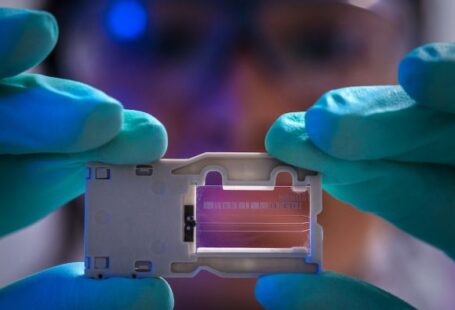In the world of embedded systems, safety is of paramount importance. The development of safety-critical systems requires meticulous attention to detail and a language that is specifically designed to prioritize safety. Ada, a high-level programming language, has emerged as a go-to choice for safety-critical embedded systems development. In this article, we will explore the reasons why Ada is the language of choice for such systems and its benefits over other programming languages.
Ensuring Safety in Embedded Systems
Safety-critical systems are those whose failure can result in harm to people, property, or the environment. Examples of safety-critical systems include medical devices, automotive systems, and aerospace systems. Developing these systems requires rigorous testing, verification, and validation to ensure that they meet the highest safety standards.
The Importance of Ada in Safety-Critical Systems Development
Ada was developed in the late 1970s with safety in mind. It was designed to be a language that provides strong typing, exception handling, and built-in support for concurrent programming. These features make Ada well-suited for safety-critical systems development.
Reliability and Robustness
One of the key benefits of Ada is its focus on reliability and robustness. The language enforces strong typing, which helps catch errors at compile-time rather than runtime. This helps eliminate a large class of errors that can lead to system failures. Additionally, Ada’s exception handling mechanism allows developers to handle errors in a controlled manner, ensuring that the system can recover gracefully from unexpected events.
Concurrency Support
Many safety-critical systems require concurrent execution of tasks. Ada provides built-in support for concurrent programming, allowing developers to easily model and manage concurrent tasks. This helps in designing systems that can handle multiple tasks simultaneously without compromising safety.
Safety-Critical Libraries and Tools
Ada has a rich ecosystem of safety-critical libraries and tools that further enhance its suitability for developing safety-critical systems. These libraries and tools provide additional safety features such as formal verification, static analysis, and code generation. They help developers ensure that their systems meet the highest safety standards and can be certified for use in safety-critical applications.
Certification and Standards Compliance
Safety-critical systems often need to comply with stringent certification standards such as DO-178C for avionics or ISO 26262 for automotive systems. Ada’s design principles align well with these standards, making it easier for developers to meet the required certification levels. Additionally, Ada’s strong typing and static analysis capabilities help in producing code that is easier to verify and validate.
Real-World Success Stories
Ada has a long history of successful deployment in safety-critical systems. For example, the Ariane 5 rocket, used by the European Space Agency, relies on Ada for its onboard software. Ada has also been used in medical devices, air traffic control systems, and nuclear power plants. These real-world success stories are a testament to the reliability and safety of Ada in critical applications.
Conclusion: Ada – The Language of Safety
In conclusion, Ada has emerged as the language of choice for safety-critical embedded systems development. Its focus on reliability, robustness, concurrency support, and compliance with certification standards make it a natural fit for developing systems that prioritize safety. With its rich ecosystem of safety-critical libraries and tools, Ada provides developers with the necessary tools to ensure that their systems meet the highest safety standards. As the demand for safety-critical systems continues to grow, Ada is likely to remain a key player in the field of embedded systems development.





